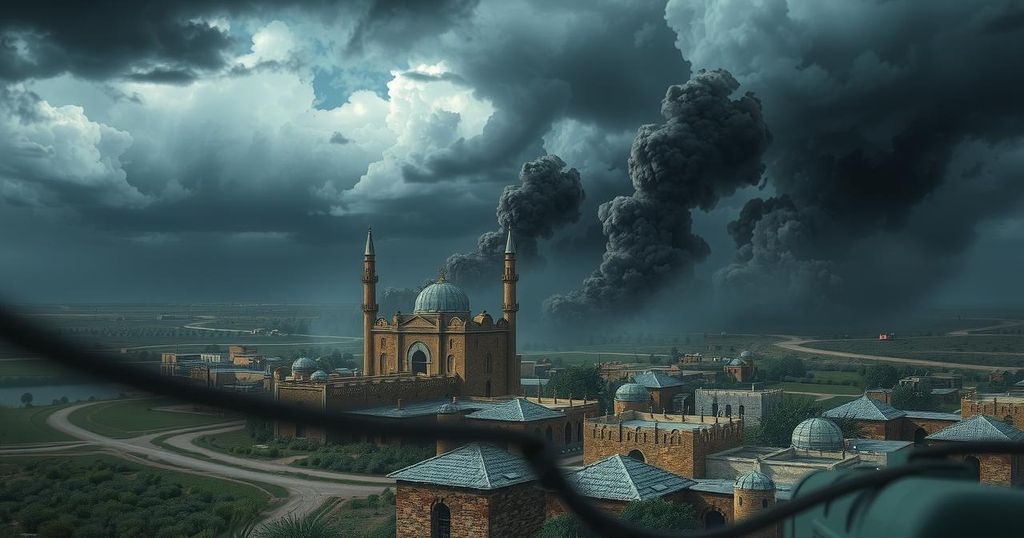Al-Shabab Resurgence in Somalia: Security Challenges Following Territorial Gains
Al-Shabab militia in Somalia is regaining power after suffering losses earlier. They recently attempted to assassinate President Hassan Sheikh Mohamud and seized key territories. Government forces are retreating amidst weakened international support, raising concerns about Mogadishu’s security. Analysts believe the situation reflects a complex interplay of political distractions and clan grievances, with the conflict remaining a stalemate for now.
The Al-Shabab militia in Somalia is showcasing a resurgence, previously on the defensive during a military campaign by the government and international allies. Recent developments, including a failed assassination attempt on President Hassan Sheikh Mohamud, indicate that the group is regaining influence as support from the United States and the African Union dwindles. Notably, Al-Shabab has controlled crucial locations in the Middle and Lower Shabelle regions, heightening concerns regarding security within the capital, Mogadishu.
On March 18, an explosion targeted President Mohamud’s convoy, which underscores the persistent threat Al-Shabab poses in the region. Officials confirmed the group’s capture of the town center in Middle Shabelle, coinciding with the president’s visit to bolster military presence. Residents reported a heavy retreat of Somali government forces, allowing Al-Shabab to consolidate its control.
Analyst Matt Bryden remarked that recent clashes have shown the government’s tactical retreat, losing critical chokepoints including several bridges. He mentioned the heightened enlistment of clan militias and security forces as desperate measures by the government, which has led to growing fears amongst Mogadishu residents about the government’s capability to secure the city against Al-Shabab.
In response to the mounting threat, President Mohamud has adopted a defiant stance, establishing a temporary headquarters in Cadale. During a gathering with troops, he pledged that the war would continue and that victory would be achieved. However, the government’s international support may decline, particularly as American assistance faces cuts. Bryden indicated that such conditions could allow Al-Shabab to gain the upper hand by mid-year.
Some analysts argue that while Al-Shabab is advancing, the threats to Mogadishu remain controlled, largely due to the government’s distraction with political issues and unaddressed local grievances. Omar Mahmood from the International Crisis Group noted the government’s preoccupation with constitutional and electoral challenges, which has inadvertently provided Al-Shabab an opportunity to exploit the situation. He emphasizes that the conflict, marked by historical complexities, is more likely at a stalemate than pointing toward an unstoppable advance by Al-Shabab.
In summary, Al-Shabab’s resurgence in Somalia, marked by territorial gains and the targeting of high-profile figures, poses renewed security challenges for the government. The loss of critical strategic positions, combined with potential declines in international support, creates an environment conducive to Al-Shabab’s growth. This situation complicates the political landscape, further hampered by ongoing government issues. Despite the threats, some analysts believe that the capital remains secure for now, although vigilance is required as tensions escalate.
Original Source: www.arabnews.com




Post Comment